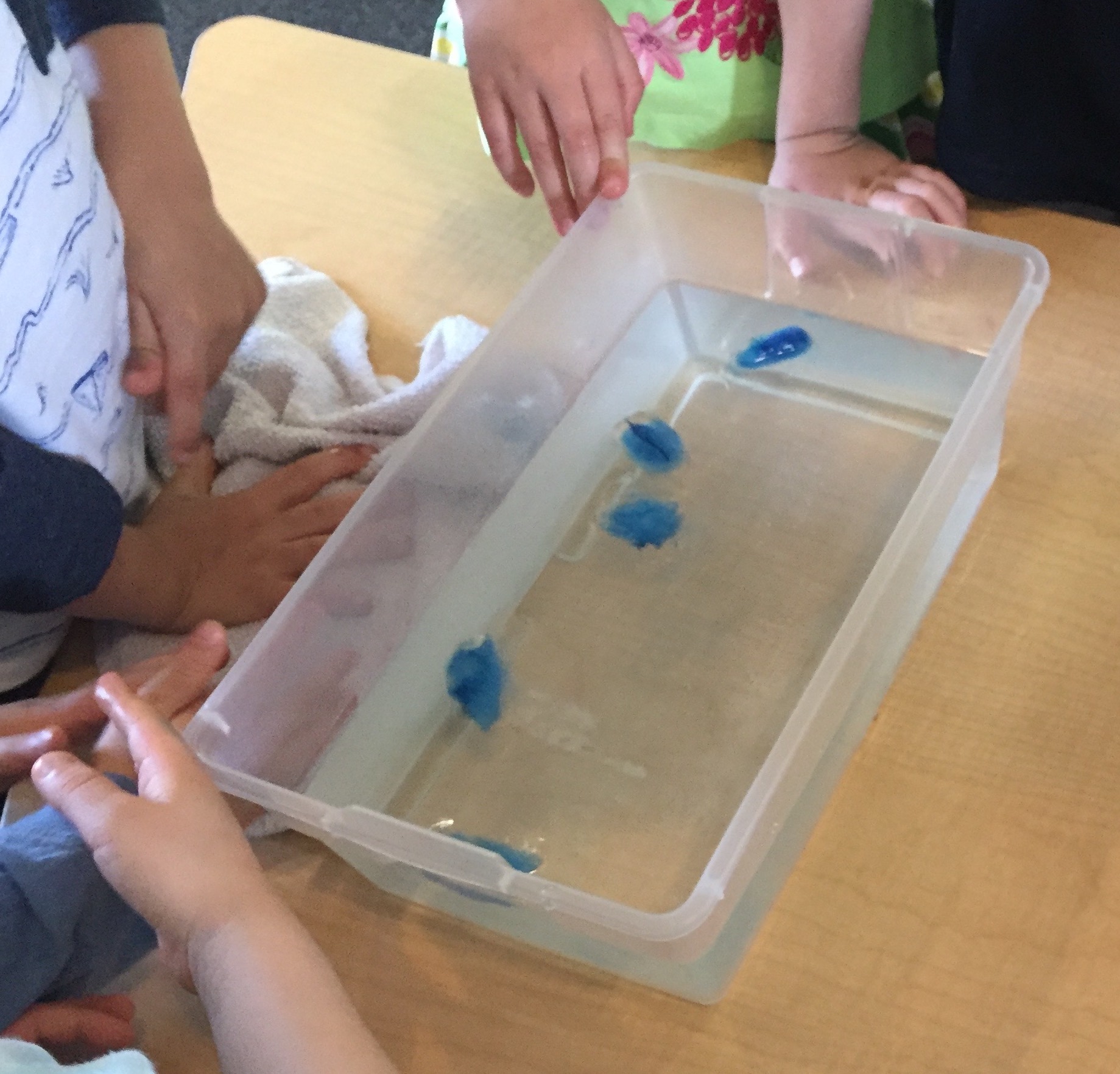The Early Years
Yes, and Cross-Curricular Planning for Preschool
I f you are a teacher of young children, cross-curricular integration is how you interact with children most of the time. Lesson planning includes thinking ahead to identify times for asking open-ended questions, holding discussions, and inviting children’s input. You may plan to make homemade play dough with children to provide experiences with the properties of matter, measuring capacity, and mixing matter to make a change. Children can use homemade play dough to create models, demonstrating their understanding of shapes, letters, or insect body parts. Planning cross-curricular integration increases your flexibility so you can embrace the “Yes, and” improvisational approach—whatever direction children’s interests develop, you are ready to proceed. If your class is doing a tree study to observe and document the changes over time in a living thing, they may measure the size of the leaves as they sprout and grow and record the measurements on a chart. While outside using a magnifier to look at the structure of a leaf, children may discover an insect and want to follow it as it flies. You say, “Yes, let’s see where the insect goes, and measure how far it flies,” adding in a math activity.
A well planned environment can stimulate children’s interest in exploring natural phenomena. It can “create opportunities for critical thinking, problem-solving, collaboration, communication, and creativity and innovation” and “enrich the interactions that occur between and among children and teachers” (Hoisington). An environment that includes signage saying “Writing Area” or “Science Area” suggests that those two domains of learning are separate and do not relate to each other. Providing writing and drawing materials, standard and non-standard measuring tools, and magnifiers in multiple areas (even outdoors) supports children’s use of literacy and math skills and science practices as they play and learn in any activity. Children may be more likely to use books, including quality nonfiction books, when they are easily available in related classroom areas. Put stories about cooking and growing food in the housekeeping area, and bird identification books and stories about weather events at the window to teach that literacy is part of all areas, in a classroom and in our lives.

Which Size Sinks?
OBJECTIVE
To explore if the size of an ice shape contributes to where it will sit in water (sink or float).
As children play at a water-filled sensory table, they are discovering relationships between the properties of matter (material objects are made of), what happens to objects in water, and how objects can be used. Such explorations are part of disciplinary core idea PS1.A: Structure and Properties of Matter (NGSS). Children discover that counting bears and rocks sink, and corks and solid water (ice) float, and the flexibility of a turkey baster bulb allows it to be squeezed to make liquid water flow. Explorations with water can be language-rich settings for children to develop oral language and social skills as they participate in conversations promoting critical thinking and problem-solving.
Do this activity with children as part of an extended exploration into the properties of water, including repeated “Sink or Float?” activities. Allow children to help set up the materials as a way to develop their motor skills and engage their interest. A day or two ahead of time, freeze colored water in standard ice cube trays and in larger rectangular containers. If children ask why they are making ice, ask them, “How could we use the ice?” and have them draw pictures of their ideas as a way to support their planning an investigation. Save the drawings to carry out these investigations if feasible.
- Fill a large clear container with water and put it on a table for easy viewing. Have a towel handy to wipe up spills.
- Put the ice shapes in a bowl on the table and have children briefly hold and measure them.
- Referring to children’s prior experiences observing objects sinking or floating in water, ask children to handle a small ice shape and say what they think will happen when they put it into the water. Many children say, “It will melt” and need prompting to consider whether the small ice shape will sink or float.
- Invite children to put the small ice shapes into the water and talk about what they see. Offer drawing materials or cameras to document where the ice sits in the water.
- Have children hold a large ice shape and pass it to the next child while recalling how they made the ice. Encourage use of interesting vocabulary as they tell how this larger size compares to the previous smaller ones in the way it looks and feels. Ask, “Where do you think it will sit in the water?” and have children give their reasoning for their answer.
- Put one large ice shape in the water and have children document where it sits in the water as they discuss whether the size of the shape affects whether it floats or sinks.
Doing this activity only once may not be enough for a child to understand that size alone does not determine whether a shape sinks or floats. Additional work using small and large shapes made of another material such as styrofoam or plasticine clay can help separate out the attributes that affect whether a shape sinks or floats.
- Large clear container holding 1–2 gallons of water
- Towels for easy cleanup
- Ice “cubes” of the same shape but different sizes, small and large (Coloring the water before freezing can make the ice more visible in clear water.)
- Non-standard or standard measuring tools


